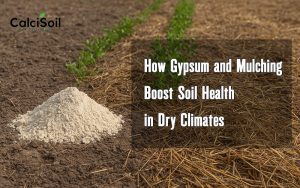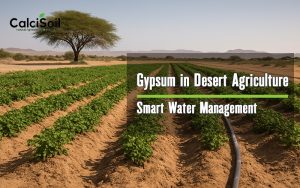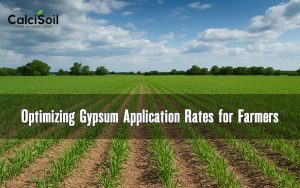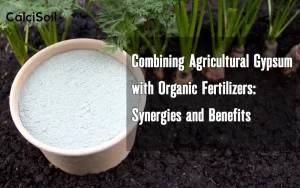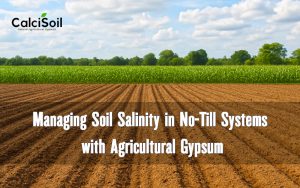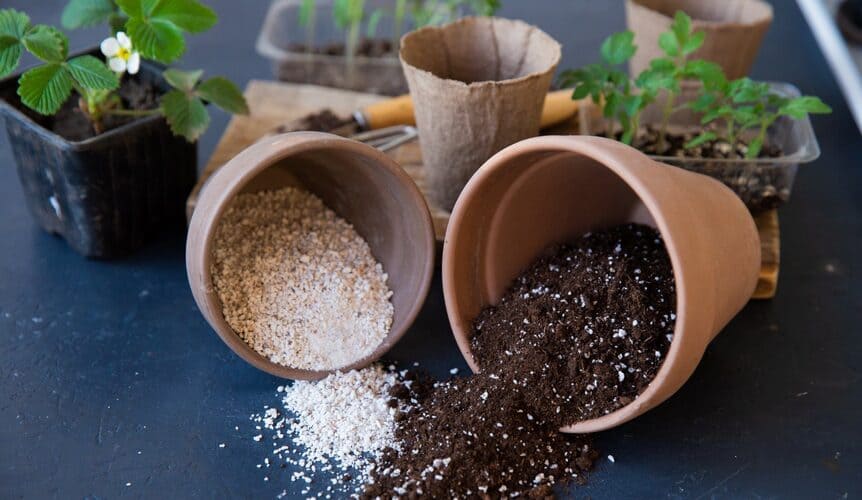
3 Main Horticultural Perlite Benefits
Perlite is an excellent soil amendment due to its properties. Lightweight porous structure, water retention ability, and ability to improve aeration and drainage of the potting mix or soil. These properties make it beneficial for plant growth.
Here we take a more detailed look at this widely used ingredient.
Improves soil aeration
One of the important horticultural Perlite benefits is improving soil aeration in a few key ways.
– Porous structure. Perlite particles contain many tiny pores and hollow spaces. When mixed into soil, these pores create additional pathways for air circulation. The pores allow oxygen to permeate the soil and reach plant roots.
– Reduces compaction. Perlite is very lightweight and resists compression in soil. This prevents heavy or dense soils from becoming overly compacted and suffocating plant roots. Perlite maintains space between soil particles.
– Increases drainage. The porous structure of perlite facilitates drainage in wet soils. Water can easily flow through the pores, preventing saturated conditions that block off air. Improved drainage also allows fresh air to enter behind draining water.
– Lightens texture. Adding Perlite lightens the texture of heavy clay soils. The small perlite particles separate clay clumps and create a looser structure. This looser soil texture has more room for air movement.
– Promotes granulation. Incorporating Perlite can help bind tiny soil particles into larger aggregates and granules. The granular structure has pores between aggregates to allow air circulation.
– Retains moisture. While draining excess water, Perlite also retains some moisture in its pores through adhesion and capillary action. This provides moisture to plant roots while still allowing space for air.
– Resists compression. Perlite’s rigid structure and lightweight nature prevent excessive compression from foot traffic, machinery, etc. This avoids compaction that squeezes out air space.
So in summary, the porous structure, light weight, moisture retention, and resistance to compaction of perlite work together. To create a loose, aerated soil texture ideal for plant health.
Enhances drainage
One of the horticultural Perlite benefits is enhancing drainage in soils through the following mechanisms.
– Porous structure. The numerous pores within Perlite particles provide channels for excess water to drain out of the soil. This creates pathways for gravitational drainage.
– Prevents water logging. By improving drainage, Perlite reduces waterlogged conditions where tiny air pockets in soil are displaced by water. Good drainage restores these air spaces.
– Reduces compaction. Perlite resists compression and compaction in soil, maintaining the loose structure needed for water flow. Compacted soils restrict water drainage.
– Lightens texture. In heavy clay soils, Perlite separates clay grains to lighten the texture. Water moves through light, loose soils more easily than dense, compacted clays.
– Increases water retention. While draining excess water, Perlite also retains some moisture in its pores. This provides plant-available water without saturating the root zone.
– Facilitates granulation. Perlite can promote soil aggregation, creating larger granules with pores between them for drainage. Granular structure improves drainage over massive, clayey soils.
– Creates space for water flow. The rigid Perlite particles physically take up space between soil particles, leaving voids for water flow. More void space means more room for drainage.
– Improves wettability. Perlite can help make hydrophobic, water-repellent soils more wettable. This allows water to penetrate and drain through the profile rather than run off the surface.
– Provides channels near roots. Incorporating Perlite creates drainage channels directly around plant roots, promoting proper aeration and preventing waterlogged conditions.
In summary, physical structure and properties of Perlite make it very effective at enhancing drainage in all types of soils. Good drainage also promotes healthy oxygen levels around plant roots.
Increases water retention
An other horticultural Perlite benefits is increasing water retention. Perlite is a mineral made of silica that has been heated to a high temperature. It causes it to expand and form a lightweight material with many tiny air pores. This porous structure allows Perlite to absorb and retain water within those air pockets. Here are the main ways Perlite increases water retention.
– Increased surface area. The small porous particles of Perlite have a much larger surface area than regular soil particles. This allows it to come in contact with and absorb more water.
– Absorption. The tiny air pores within Perlite particles can absorb water through surface tension and capillary action. The water is then held within the pores.
– Reduced compaction. When mixed with soil, Perlite helps reduce compaction by improving aeration and drainage. This allows the soil to retain more water before it drains away.
– Acts as a water reservoir. The water absorbed by the Perlite particles can then be slowly released as the soil surrounding it dries out. This provides a reservoir of water for plant roots.
– Improved soil structure. Perlite helps create a better structure in potting mixes by separating soil particles and improving drainage. This healthy soil structure then allows it to retain optimal amounts of water for plant growth.
Briefly, perlite properties allow to take up and slowly release water, improving water retention and potting mixes and soils aeration. Gardeners often mix Perlite into soil to achieve optimal moisture levels for their plants.


